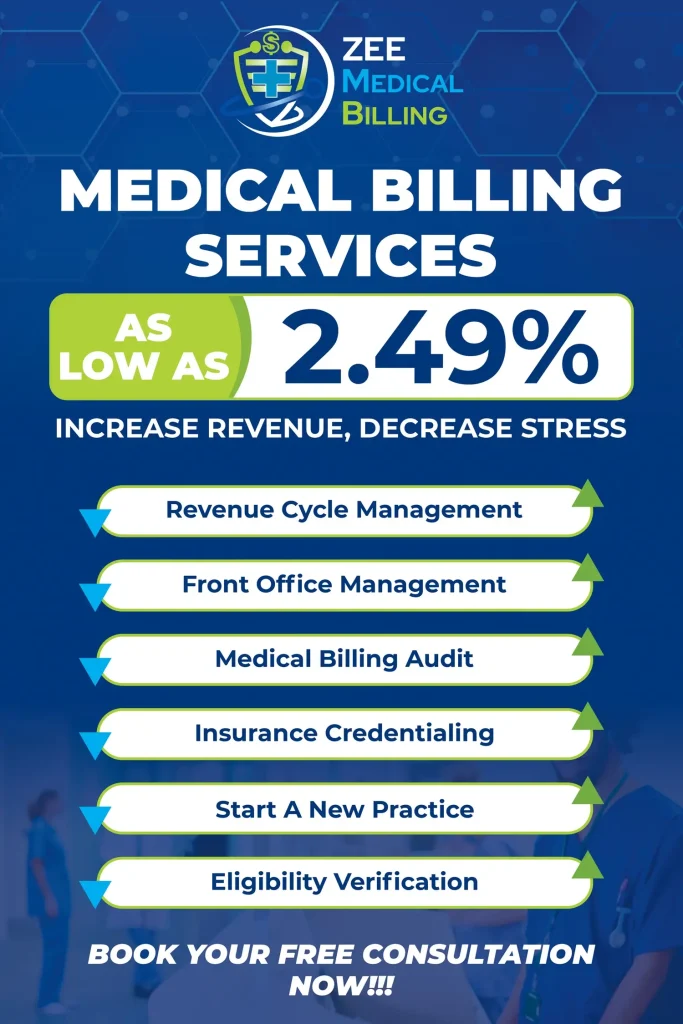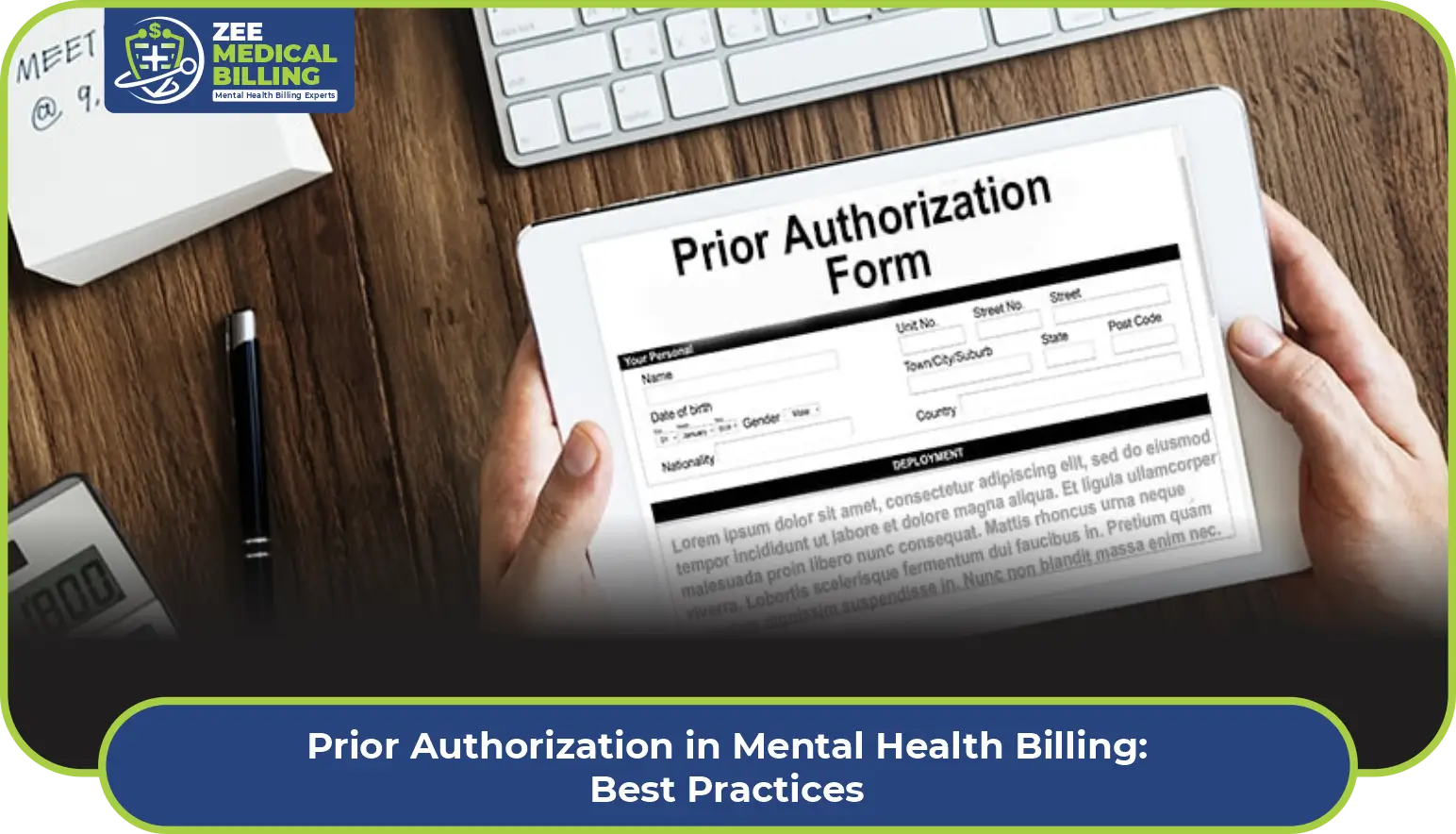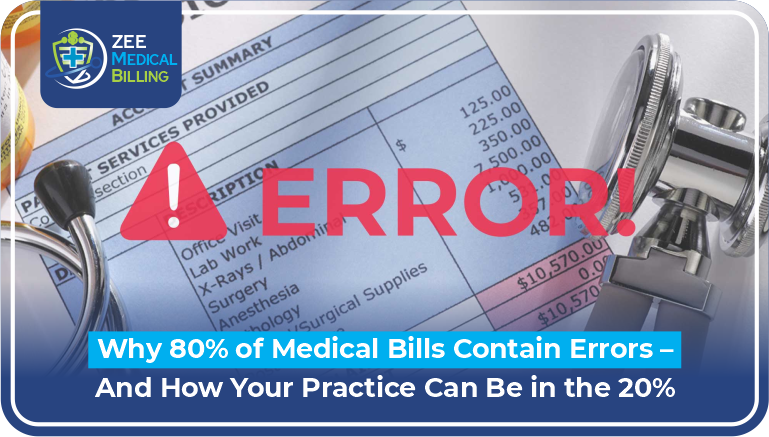Cardiology practices face unique challenges in medical billing and claims because of the complexity of strategies, stringent payer requirements, and common regulatory changes. Claim rejections and denials can significantly disrupt cash flow, growth, administrative burdens, and common practice efficiency.
Decreasing claim rejections requires a multifaceted approach that combines correct documentation, staff training, technology adoption, and proactive communication with payers. This text explores actionable techniques for reducing claim rejections in cardiology practices, ensuring financial balance, and improving patient care.
Understanding The Causes Of The Claim Rejections
Claim rejections occur when a payer determines that a submitted claim does not meet precise standards for compensation. In cardiology, common reasons for rejections include:
- Incomplete or inaccurate documentation: lacking patient facts, incorrect process codes, or loss of assisting medical necessity documentation.
- Coding errors: wrong use of current Procedural Terminology (CPT) codes, International Classification of Diseases (ICD-10) codes, or modifiers particular to cardiology strategies.
- Payer policy Non-Compliance: Failure to stick to payer-specific suggestions, along with earlier authorization requirements or coverage limitations for certain cardiac techniques.
- Eligibility issues: filing claims for patients with expired insurance or incorrect demographic information.
- Timely filing errors: missing deadlines for claim submissions, which vary by payer.
By figuring out the basic causes of rejections, cardiology practices can implement targeted solutions to address these problems systematically.
Read More: Specialized Cardiology Billing Services for Interventional Procedures
Strategies For Reducing Claims Rejections
1. Enhance Documentation Accuracy
Correct and complete documentation is the foundation of successful claims. Cardiologists regularly perform complex procedures, which include cardiac catheterizations, echocardiograms, or electrophysiological studies, which require specific documentation to justify clinical necessity.
- Standardize Documentation Templates: Use electronic health record (EHR) structures with cardiology-precise templates to make sure all required fields, which include patient records, procedure info, and clinical findings, are completed.
- Educate providers on scientific necessity: Educate physicians on payer necessities for proving medical necessity, for excessive-cost procedures like implantable cardioverter-defibrillators (ICDs) or transcatheter aortic valve replacements (TAVR).
- Implement real-time documentation checks: Leverage EHR equipment to flag incomplete or inconsistent documentation before claims are submitted.
2. Optimize Coding Practices
Coding errors are the main cause of claim rejections in cardiology. Given the specificity of cardiology coding, practices should prioritize accuracy.
- Rent licensed Coders: Employ certified professional coders (CPCs) with expertise in cardiology to ensure accurate CPT and ICD-10 coding. For example, coding for a diagnostic angiogram (CPT 93458) versus a percutaneous coronary intervention (CPT 92920) calls for unique differentiation.
- Use updated code sets: regularly update coding software and reference materials to reflect the latest CPT, ICD-10, and Healthcare Common Procedure Coding Device (HCPCS) changes.
- Apply modifiers correctly: train coders on the appropriate use of modifiers, including modifier -25 for significant, one-by-one identifiable evaluation and management (E/M) services accomplished on the same day as a technique.
- Conduct regular coding audits: Perform inner and outside audits to discover coding mistakes and offer feedback to coders and providers.
3. Streamline previous authorization strategies.
Many cardiology procedures, along with stress tests or cardiac imaging, require previous authorization. Delays or errors in obtaining authorization can cause claim rejections.
- Centralize Authorization management: Designate a team or person to manage earlier authorizations, making sure of timely submission and follow-up with payers.
- Leverage technology: Use automated prior authorization gear incorporated with EHRs to track necessities, post requests, and acquire approvals efficaciously.
- Educate staff on payer rules: Teach staff about payer-unique previous authorization regulations, as requirements range across Medicare, Medicaid, and industrial insurers.
4. Verify patient eligibility and benefits.
Eligibility issues, together with submitting claims for patients with inactive coverage, are preventable with proactive verification.
- Automate eligibility checks: Implement real-time eligibility verification tools inside practice control structures to verify coverage before appointments or strategies.
- Update patient facts: Frequently verify and update patient demographic and coverage information during scheduling and check-in processes.
- Monitor coverage changes: Stay informed about changes in patient coverage plans, especially throughout open enrollment periods, to avoid claim rejections because of outdated information.
5. Put money into staff training and education.
A nicely skilled team is critical to lowering claim rejections. Continuous education guarantees staff stay updated on evolving rules and payer regulations.
- Provide ongoing schooling: offer everyday training sessions on coding updates, payer pointers, and exceptional documentation practices for physicians, coders, and billing staff.
- Encourage certification: support staff in acquiring certifications, along with the Certified Cardiology Coder (CCC) credential, to enhance information.
- Foster Collaboration: Sell open communication among medical and billing groups to address documentation or coding issues right away.
6. Adopt advanced technology solutions.
Technology can significantly enhance claims management by automating processes and lowering human error.
- Use a practice management software program: invest in strong exercise control structures that integrate scheduling, billing, and claims monitoring to streamline workflows.
- Implement claim scrubbing tools: Utilize claim scrubbing software programs to discover potential errors, together with missing modifiers or incorrect codes, earlier than submission.
- Leverage Analytics: Use data analytics to track rejection traits, identify routine issues, and prioritize areas for development.
7. Build strong payer relationships.
Proactive communication with payers can prevent rejections and expedite resolution when problems arise.
- Recognize payer contracts: review payer contracts to make sure compliance with billing and coding requirements is precise for cardiology services.
- Engage payer representatives: establish direct contacts with payer representatives to clarify policies or resolve claim disputes quickly.
- Appeal denials promptly: Develop a systematic manner for appealing rejected claims, including gathering assisting documentation and submitting appeals inside payer deadlines.
8. Monitor and analyze rejection developments.
Often reading rejection data facilitates practices to identify patterns and implement corrective moves.
- Track rejection rates: Monitor the percentage of claims rejected by the payer and reason to pinpoint problem regions.
- Conduct root cause analysis: inspect recurring rejections to determine whether they stem from documentation, coding, or eligibility issues.
- Set overall performance goals: establish key performance indicators (KPIs), which include lowering rejection rates by a particular percentage, to measure progress.
Read More: Customized Cardiology Revenue Cycle Management (RCM) Solutions
Advantages Of Reducing Claims Rejections
By implementing those strategies, cardiology practices can acquire numerous benefits:
- Stepped-forward cash flow: Fewer rejections imply quicker reimbursements, stabilizing practice budget.
- Reduced Administrative Burden: Streamlined approaches allow staff to focus on patient care instead of rework.
- Enhanced patient satisfaction: Green billing reduces patient confusion and disputes over expenses.
- Regulatory Compliance: accurate documentation and coding ensure adherence to federal guidelines, decreasing the risk of audits or consequences.
Conclusion
Reducing claim rejections in cardiology practices requires a proactive, systematic approach that addresses documentation, coding, staff education, and generation. By optimizing these regions, practices can minimize economic disruptions, enhance operational performance, and maintain a focus on delivering high-quality patient care.
Making an investment in staff schooling, leveraging advanced tools, and fostering sturdy payer relationships are essential steps toward reaching a low rejection rate. With diligence and continuous improvement, cardiology practices can navigate the complexities of medical billing and thrive in an increasingly challenging healthcare landscape.
Need Expert Medical Billing Services?
Zee Medical Billing provides professional billing solutions tailored to healthcare providers across the United States. In addition to offering top-tier support from our main office, we proudly serve clients in Illinois, Indiana, California, Kentucky, New York, Washington, Georgia, Alabama, South Carolina, Texas, Pennsylvania, Ohio, New Hampshire, Nevada, Massachusetts, Hawaii, Arizona, and Colorado! Whether you’re looking to streamline your revenue cycle or improve claims accuracy, you can reach out to us to learn more about how we can support your practice.


























